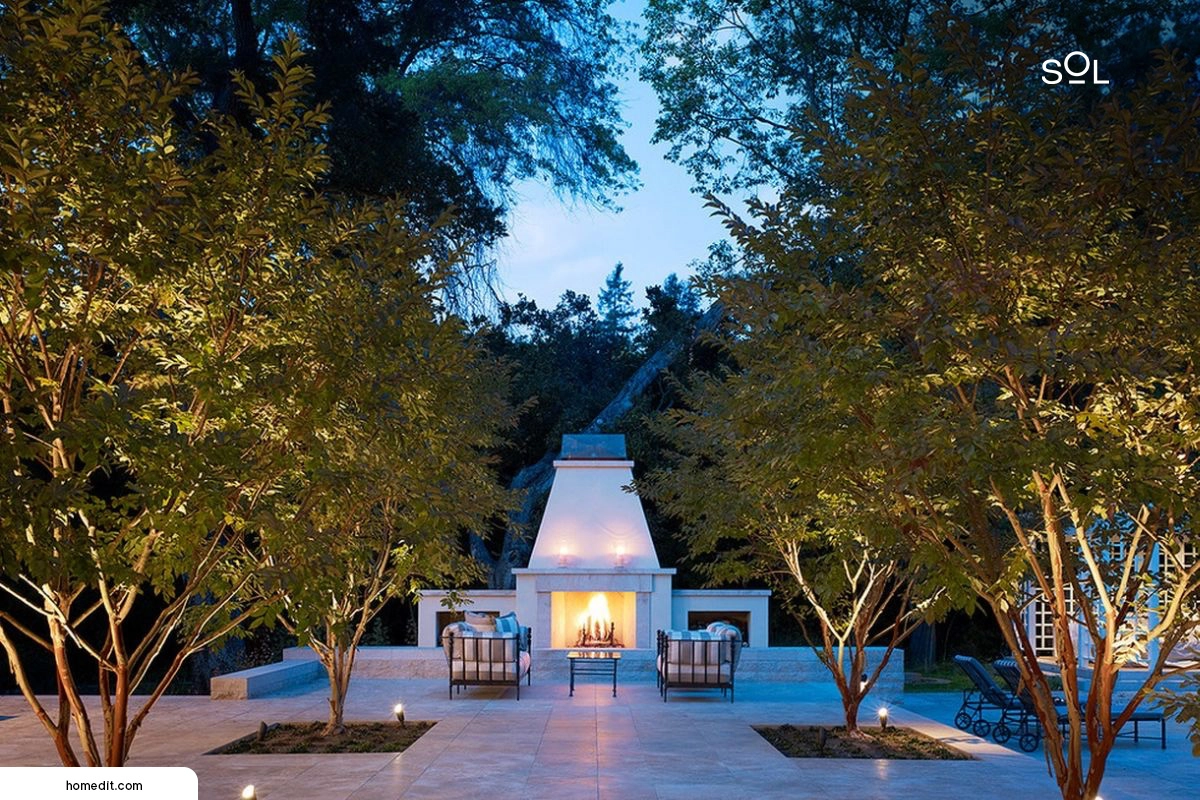Symmetry is one of the most prominent elements of nature. Humans have adapted symmetry design to their design decisions since centuries ago, allowing them to create harmonious and beautiful styles for different things, from clothing and decorations to landscape design.
On the other hand, there are people who find beauty in imperfections, which is why asymmetrical design has also become popular. Instead of making all shapes match, this style consists in putting elements that don’t necessarily fit together but still look beautiful while combined.
Both approaches can be a wise decision when it comes to outdoor space design and patio furniture layout. However, if you’re not sure which one could be best for you, we’re here to help. We’ll discuss the differences between a symmetry design and an asymmetrical design, as well as the elements that characterize them so much. This way, you might be able to choose the best style according to your preferences.
What is Symmetry Design?
Symmetry landscape design consists of having both sides of a particular area mirroring one another. Hence, both sides of a particular place will be identical, which means the whole place is balanced and draws the same level of attention. This design style brings several characteristics to the landscape, including order, elegance, and stability.
The symmetrical house design tends to be a common choice in the professional scene. Typically, symmetry design features a “central” piece, such as a front door or a statue, from where everything else starts taking shape. If you look at either side of this element, you’ll see that they are identical.
While the symmetrical design may seem like the wisest decision, not all spaces allow it to be executed as it should. Not all houses have symmetrical yards, and it can also be a bit hard and costly to maintain in the long run – especially if you have natural elements around the landscape, such as plants.
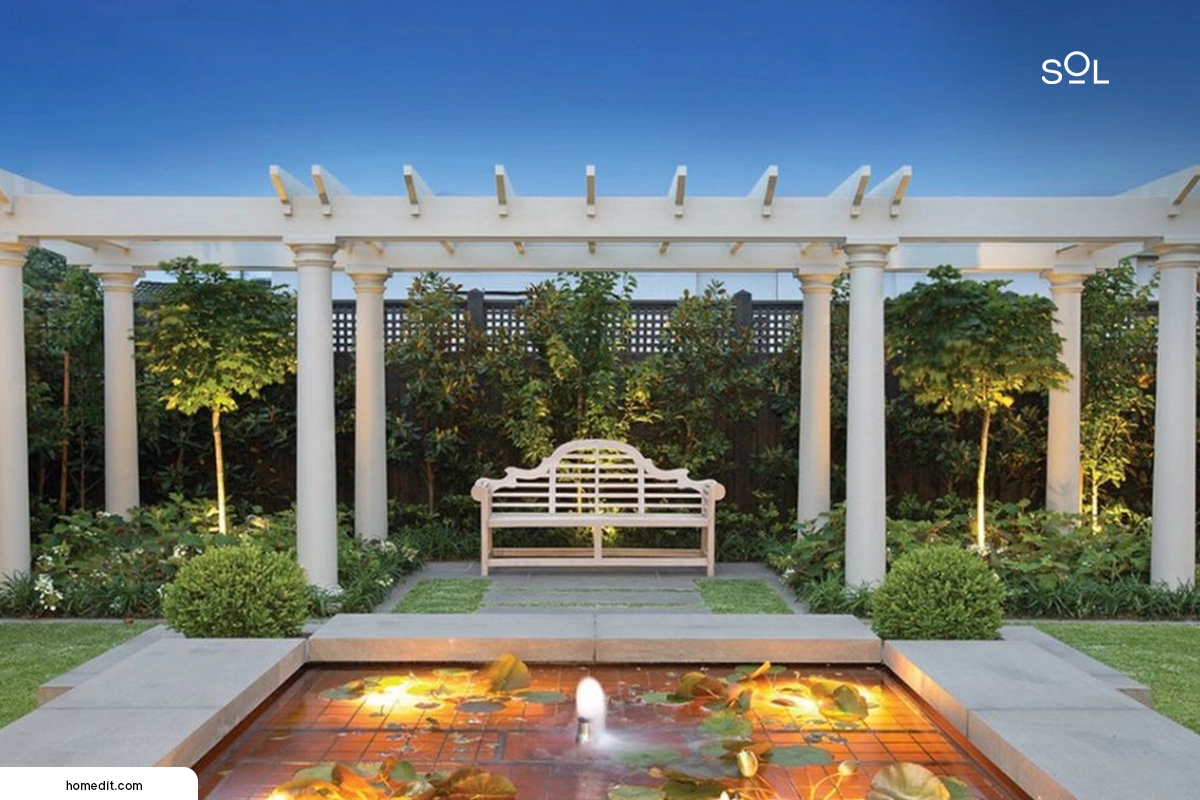
Reasons to Choose Symmetrical House Design
Even if symmetry landscape design is not the best choice for everyone, there are a few situations where it could be convenient. Let’s see some of the reasons why you should choose this style:
- It enhances the aesthetic of your home, making it more pleasing to the eye. It’s easier to process and produces a sense of “order” and organization.
- It opens the door to several traditional styles. If you prefer traditional homes, perhaps a symmetry design can be for you. Colonial, Cape Cod, and even Georgian homes take advantage of symmetry to create beautiful spaces.
- Partial symmetry is always an option. While it may seem like you have to bring symmetry to the whole place, that’s not necessarily the case. You can also choose to use the style in specific parts of the home, allowing you to have a bit more flexibility while still taking advantage of that “order” sensation of symmetry.
While symmetrical homes have always been popular, they leave little room for flexibility and have quite high maintenance costs. The asymmetrical design is another good choice if you would like to be able to exploit your creativity a bit more while decorating your home.
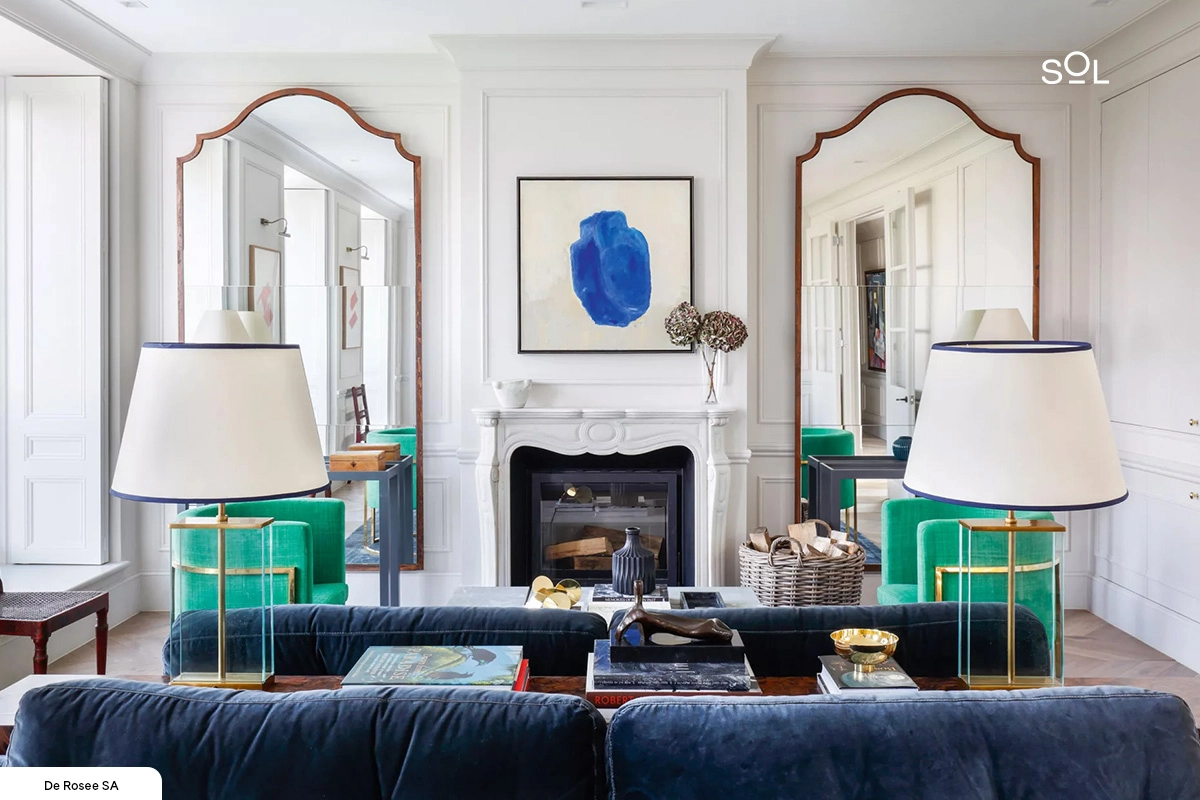
What is Asymmetrical Design?
Asymmetrical design allows for more creative freedom than symmetrical style. It doesn’t have a specific focal point like it happens in symmetrical homes. The result can be quite aesthetically pleasing despite not following a particular order. Of course, asymmetrical design needs a “balance” for everything to work out. However, it leaves more room for your creativity and imagination, allowing you to create stunning and functional homes.
In asymmetrical design, not all elements have to follow a specific order or balance, but in the end, everything works out as each aspect of the landscape complements the other. It can be less complicated to execute this style than symmetrical ones, and it allows you to create unique spaces that are nearly impossible to find anywhere else.
This design can be found in several styles, such as in English Tudor or French Eclectic. In modernism, symmetry barely has any space as asymmetry tends to reign over balance as it allows more creative freedom.
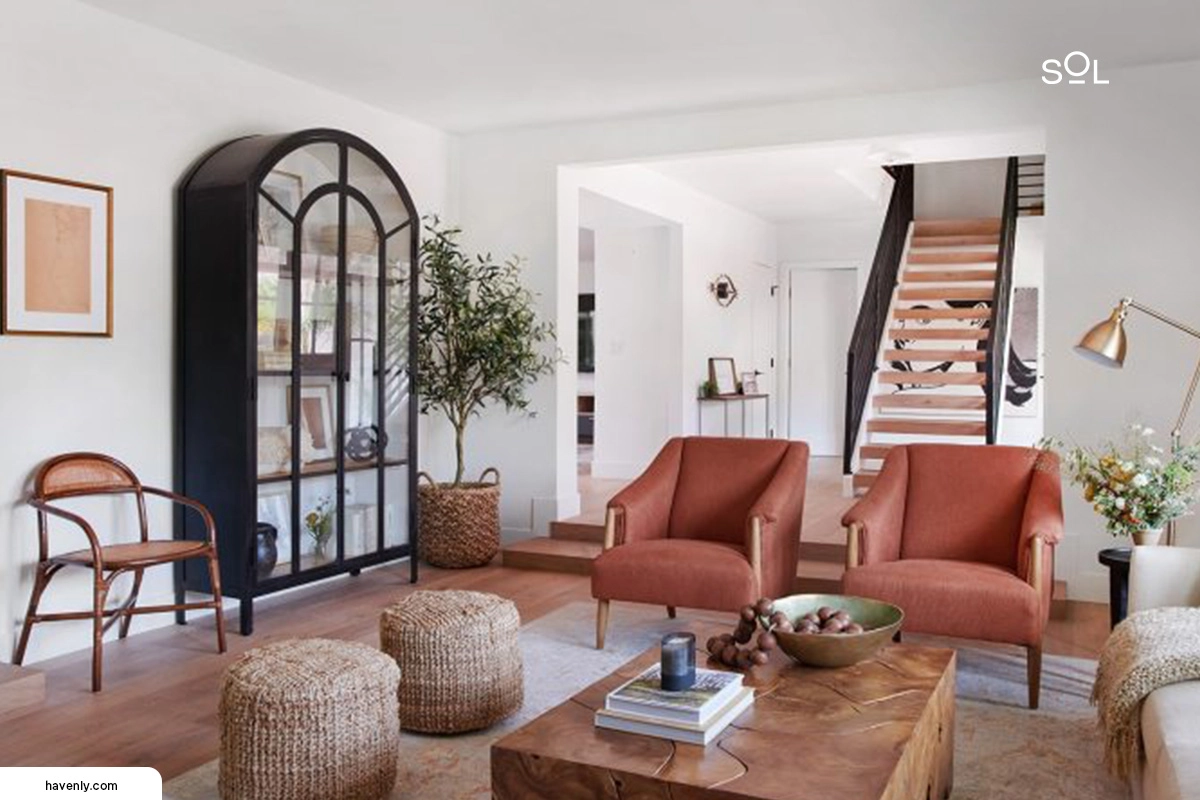
Reasons to Choose Asymmetrical Design
The asymmetrical design has become quite popular in recent years, as it allows people to create unique and complex spaces without having to follow a rigid structure. Plus, it can be more advantageous if your home or yard doesn’t have a symmetrical shape, allowing you to play around with what you have at hand without having to sacrifice other elements.
- It doesn’t need a centered look. It is also known as informal balance, and the concept allows you to have multiple options when it comes to the placement of your furniture and decorative elements.
- The asymmetrical design is more visually interesting. Instead of making it all about order and formality, asymmetry can help you bring your inner artist out and make something a bit more exciting about your home without having to follow specific patterns.
- It’s more dynamic. This style choice allows you to play around with several elements, allowing you to break the monotony and create distinctive interior and outdoor designs.
We all have preferences when it comes to design. Asymmetry and symmetry are complete opposites, but both styles can cater to the tastes of different people.
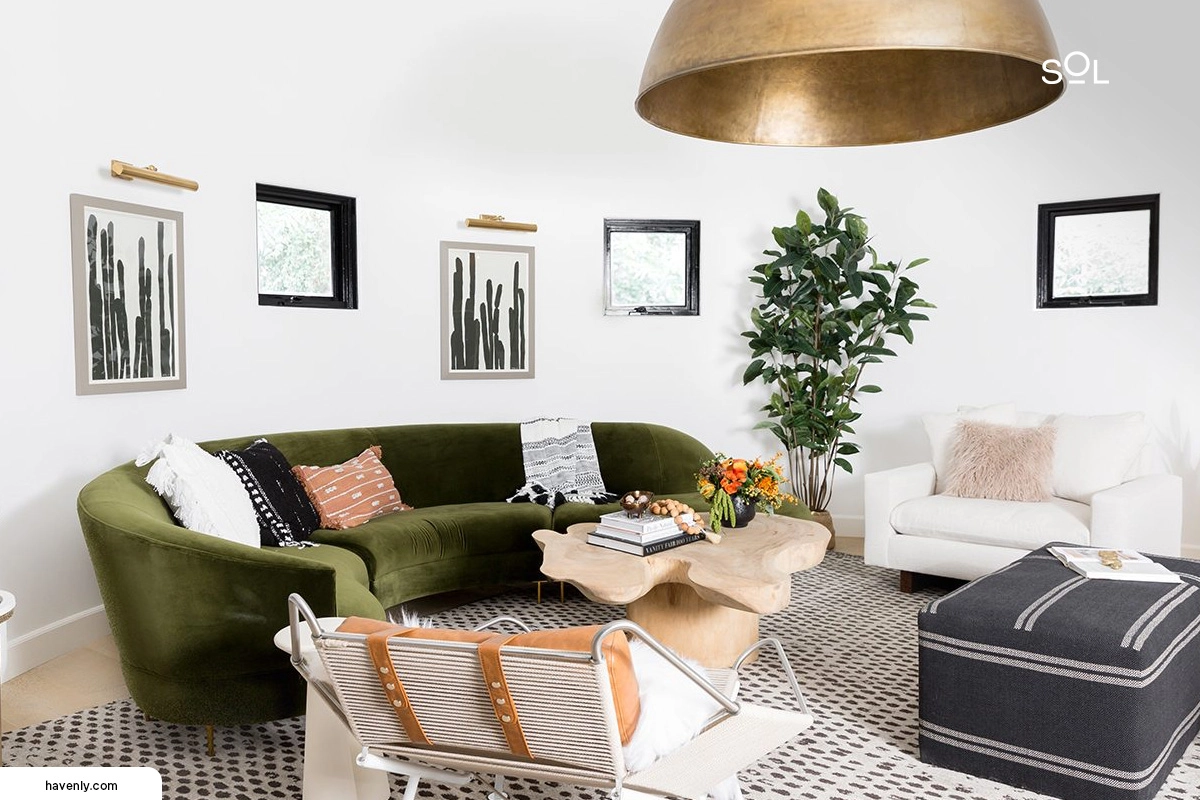
Symmetrical vs. Asymmetrical Design: Which One to Choose?
Symmetry and asymmetry are similar styles that follow intricate patterns. However, before deciding on one style over the other, it’s important to evaluate your current situation and overall preferences. For instance:
- Symmetry design would be a better match for people who like order, formality, and organization. It allows all elements to come together following a specific focal point, allowing you to create eye-catching designs that are balanced and easy to understand. In other words, symmetry is simple and uncomplicated.
- Asymmetry is less exigent than symmetry, as it allows you to create beautiful spaces with pretty much any space you may have at hand. You can combine several elements that may seem like they don’t match at first and still achieve a sense of balance.
